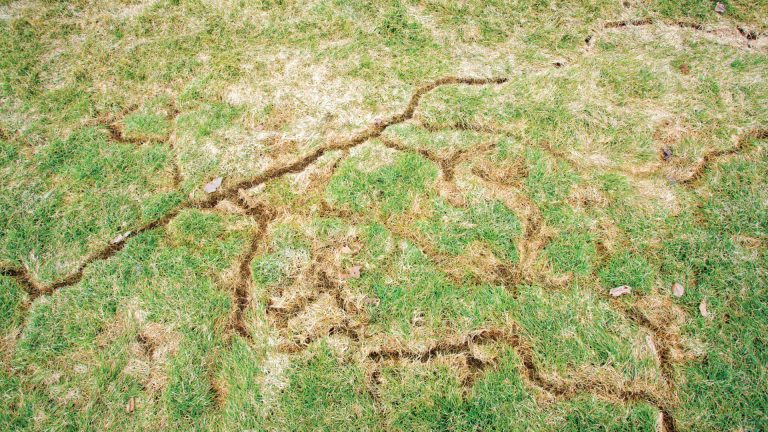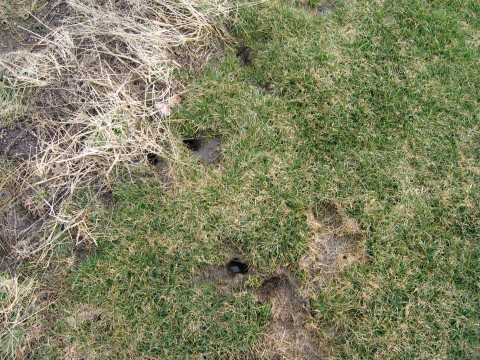Recognizing Vole Backyard Damage and How to Combat It
Grasping Vole Bug Control: Thorough Insights on Problem Avoidance and Therapy Strategies
As home owners and caretakers, the visibility of voles can position a considerable obstacle to preserving the stability of our outdoor areas. Comprehending the complexities of vole habits is vital in creating reliable insect control methods. By identifying the refined signs of vole infestation at an early stage, we can take aggressive actions to prevent widespread damage. In this discussion, we will check out the nuances of vole behavior, look into the identification of problem indicators, and reveal the most efficient prevention and treatment techniques. Remain tuned to find the insights that will empower you to master vole pest control and safeguard your building versus these evasive rodents.
Comprehending Vole Actions
Analyzing the foraging patterns of voles uses valuable understandings into their behavior and habitat preferences. Voles, tiny rodents looking like mice, are herbivores understood for their below ground tunneling activities. By observing their foraging behavior, researchers can gain a far better understanding of where voles prefer to develop their environments and the level of their ecological impact. Voles are prolific dog breeders, with a solitary women qualified of producing several litters in a year, making it vital to comprehend their habits for effective parasite control techniques.
Research study shows that voles show selective feeding practices, choosing tubers, seeds, and roots. This nutritional preference influences their foraging patterns, leading them to areas rich in plants and ground cover. In addition, voles are known to create fancy passage systems for foraging and nesting functions, showing a high degree of adaptability to their surroundings.
Understanding vole actions is essential for implementing targeted pest control actions that interrupt their habitat preferences and foraging tasks (vole yard damage). By examining their habits, experts can create a lot more efficient prevention and therapy techniques to take care of vole invasions

Identifying Indications of Vole Infestation
Vole invasions can be identified by recognizing particular signs of their visibility in a location. One of the most usual signs of a vole infestation is the existence of surface area paths.
An additional key indication of vole infestation is the existence of little burrow openings in the ground. Furthermore, voles are recognized to leave behind chewed plant stems, roots, and light bulbs near their burrow openings, showing their feeding task in the location.
Discovering these droppings along runways or near burrow openings can validate a vole invasion. By being attentive for these signs, building owners can without delay deal with vole problems and avoid more damage.
Carrying Out Proactive Avoidance Actions

Furthermore, employing all-natural vole deterrents like castor oil-based repellents or predator urine can serve as efficient preventive procedures. her latest blog It is also recommended to frequently evaluate outdoor areas for any kind of signs of vole activity, such as paths or burrow openings, to deal with prospective invasions quickly. vole lawn damage. By taking on these aggressive prevention strategies, residential or commercial property owners can significantly lower the likelihood of vole damages and maintain the health and aesthetic appeals of their landscapes
Efficient Therapy Methods
Incorporating targeted capturing techniques and using accepted rodenticides are crucial parts of efficient therapy methods for handling vole problems. Routine monitoring and upkeep are likewise key facets of successful therapy methods to ensure that vole populaces are kept under control. By More hints combining trapping, rodenticides, environment adjustment, and regular surveillance, effective vole parasite control can be achieved.
Surveillance and Upkeep Tips
Regular monitoring allows for the early detection of vole task, enabling punctual treatment before infestations intensify. To successfully check vole populaces, purposefully placed traps can be used in vole paths or near burrow entries.
Additionally, maintaining a clean and clean landscape is important in vole prevention. Cleaning away particles, such as heaps of wood or dense plants, removes possible vole environments. Regularly mowing lawns and trimming vegetation helps reduce vole hiding places and lessens their access to food sources.
Additionally, ongoing maintenance of physical obstacles, such as fencings or cable mesh, is crucial to stop vole invasion. Checking and repairing any kind of problems to these structures ensures that vole control continues to be efficient in securing residential properties from problems. By integrating these monitoring and upkeep techniques right into an extensive vole pest control strategy, individuals can effectively manage vole populaces and secure their buildings from damages.
Conclusion
In conclusion, understanding vole bug control needs a strong understanding of vole behavior, the capability to identify indications of infestation, carrying out proactive avoidance actions, effective therapy strategies, and constant surveillance and maintenance. By taking a thorough approach to vole control, people can properly handle and protect against invasions, inevitably protecting their building and surrounding setting important link from damages caused by these little rats.
In this conversation, we will certainly discover the nuances of vole habits, dig right into the recognition of infestation indicators, and uncover the most effective prevention and treatment approaches.Including targeted capturing methods and utilizing authorized rodenticides are crucial parts of effective treatment strategies for managing vole infestations. To efficiently keep track of vole populations, strategically positioned catches can be made use of in vole paths or near burrow entryways. Examining and repairing any problems to these frameworks guarantees that vole control remains reliable in safeguarding buildings from infestations. By integrating these tracking and maintenance practices right into an extensive vole parasite control strategy, individuals can successfully manage vole populaces and shield their buildings from damages.